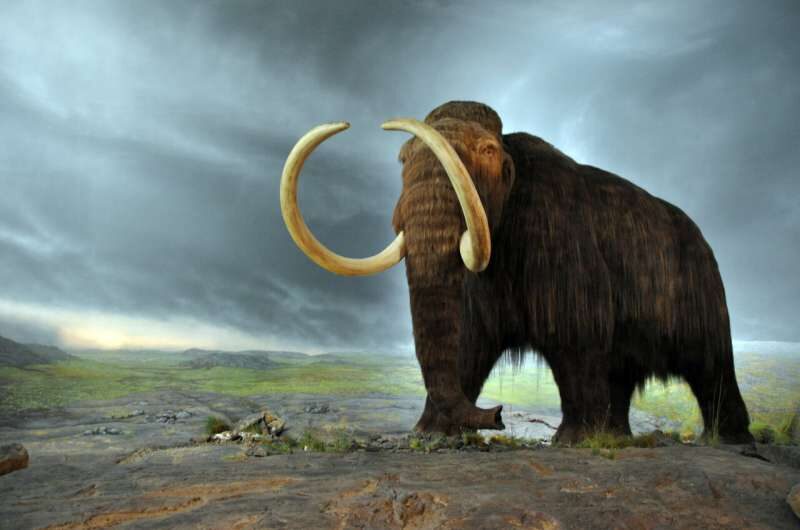
Comment: Note that this "ample vegetation" isn't present today in those regions formerly inhabited by mammoths.
Woolly mammoths thrived there — until they disappeared. According to some scientists, the appearance of humans in the Arctic coincided with the extinction of the woolly mammoth.
Now scientists have a new hypothesis — one that lets humans off the hook for the animal's demise. It also suggests a new timeline for woolly mammoth extinction.
The findings were published Wednesday in the journal Nature.
The argument over what caused Arctic megafauna extinction overall has "been debated for more than a hundred years," lead author Yucheng Wang, a research associate at Cambridge University, tells Inverse. Proposed causes have ranged from human overkill to climate change.
Wang's research points to the latter, suggesting woolly mammoths coexisted with humans for an estimated 2,000 years until the animals were eventually undermined by a changing climate.
How the discovery was made — Scientists have relied on DNA from fossils to understand Arctic megafauna, but with a limited supply of fossil specimens, it's hard to make accurate claims about when the woolly mammoths disappeared or whether humans were the exact cause of their demise.
This is why Wang and colleagues turned to a relatively newer method: To solve the question of what happened to mammoths, they examined environmental DNA or "eDNA" from plants and animals found within what was once the Mammoth Steppe.
Wang describes eDNA as the DNA molecules preserved in environmental samples like soil, water, air, and other biological samples. For example, animals shed eDNA through urine, dung, bone fragments, hair, and skin cells.
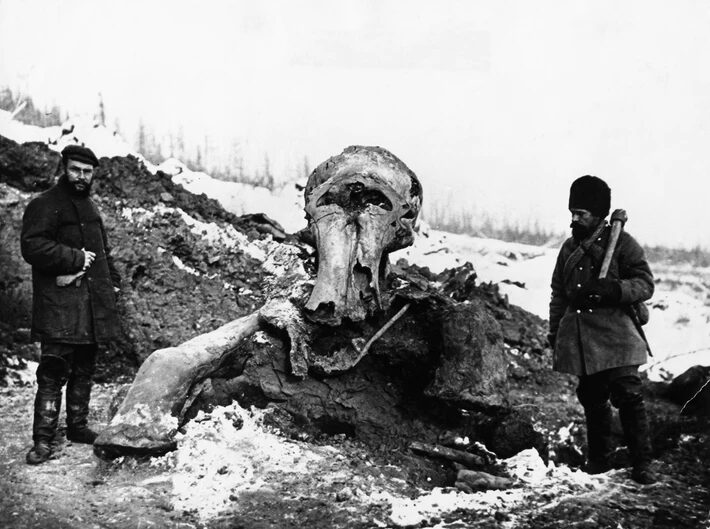
The study team extracted and sequenced eDNA within soil layers, and compared this data against DNA extracted from modern Arctic plants. They gathered more than 500 plant and animal eDNA samples from the past 50,000 years.
While the researchers didn't invent the technology, Wang says his team "developed a series of new methods that allowed an improved application of eDNA," allowing for more refined genetic sequencing and better identification of species.
The technology revealed changing Arctic vegetation and climate patterns — essential clues for understanding how the woolly mammoth lived and died.
The study revealed four key findings:
1. The woolly mammoth survived until 3,900 years ago in Siberia.These were "the main drivers" of mammoth extinction.
Researchers previously believed woolly mammoths went extinct around 10,000 years ago.
2. The mammoth likely survived for longer than we expected because of plant resilience.
The study suggests the unique vegetation of the Mammoth Steppe in northern Central Siberia also existed for thousands of years longer than realized, which helped keep the mammoth alive.
3. Mammoths "encountered and co-existed with humans" for some 2,000 years.
As a result, there's no way "human overkill" caused the extinction of mammoths within centuries after first human contact, as some scientists previously theorized.
4. Instead, the model suggests climate change and shifting vegetation patterns led to the deterioration of the Mammoth Steppe's ecosystem.
The study suggests warming temperatures after the Last Glacial Maximum — when ice sheets were their thickest — caused ice sheets to melt, which created more wetland plants on the Mammoth Steppe. It was harder for mammoths to access the natural resources of the wetter, softer ground compared to the firmer tundra of the Mammoth Steppe.
Wang says these findings clearly shift the blame from humans. "We found the distribution of humans over time was almost entirely unrelated to the presence of megafauna," he says.
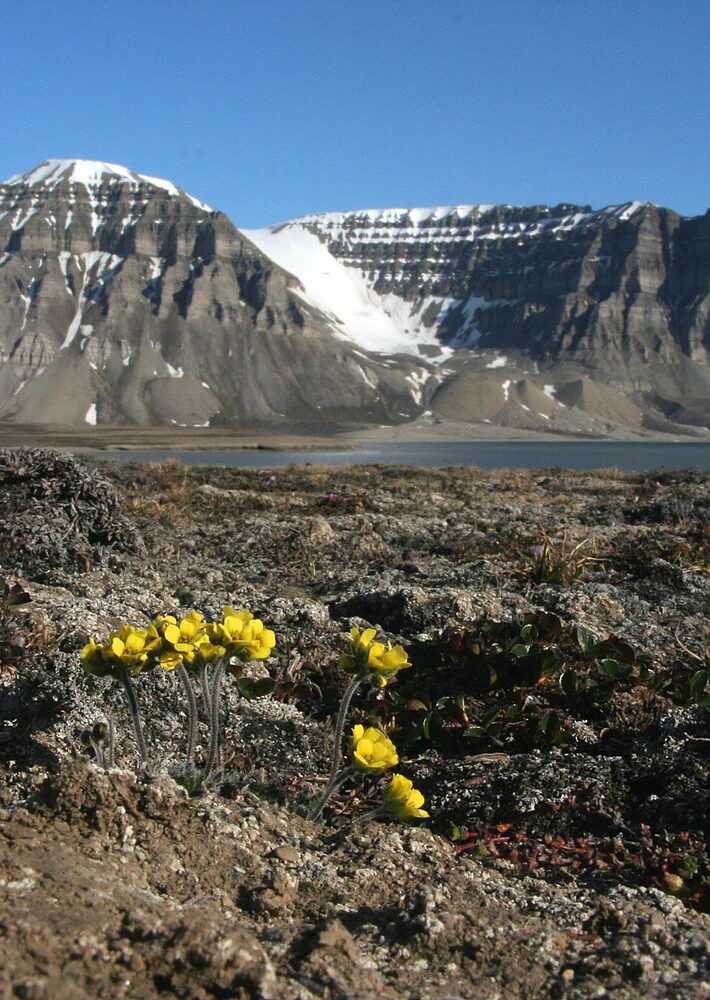
The scientists also found the Mammoth Steppe contained a more balanced pattern of vegetation — as opposed to being dominated by grass — suggesting ancient herbivores like woolly mammoths and woolly rhinos had a more diverse diet than assumed.
These discoveries were possible because of eDNA and speak to the power of using emerging technology to solve ancient mysteries.
What's next — The scientists hope to sequence and analyze even more Arctic eDNA. Specifically, Wang has two future goals:
- "Analysing the DNA of ancient microbes in this dataset" to create a "more comprehensive picture" of the Arctic's natural history — big and small.
- Researching the "functional genes" of ancient animals and plants to help scientists "understand how genetically climate change will affect ecosystems."
Comment: The following is a picture and map showing the Ukok Plateau. Considering the likely dietary requirements of a herd of mammoths - that are considered to be much like modern day elephants - isn't it unlikely that this current environment could sustain herds of mammoth?
If scientists are successful in bringing the woolly mammoth back, they could possibly return to an environment similar to the home of their predecessors. The question is: Should scientists even try?
Abstract: During the last glacial-interglacial cycle, Arctic biotas experienced substantial climatic changes, yet the nature, extent and rate of their responses are not fully understood1-8. Here we report a large-scale environmental DNA metagenomic study of ancient plant and mammal communities, analysing 535 permafrost and lake sediment samples from across the Arctic spanning the past 50,000 years. Furthermore, we present 1,541 contemporary plant genome assemblies that were generated as reference sequences. Our study provides several insights into the long-term dynamics of the Arctic biota at the circumpolar and regional scales. Our key findings include: (1) a relatively homogeneous steppe-tundra flora dominated the Arctic during the Last Glacial Maximum, followed by regional divergence of vegetation during the Holocene epoch; (2) certain grazing animals consistently co-occurred in space and time; (3) humans appear to have been a minor factor in driving animal distributions; (4) higher effective precipitation, as well as an increase in the proportion of wetland plants, show negative effects on animal diversity; (5) the persistence of the steppe-tundra vegetation in northern Siberia enabled the late survival of several now-extinct megafauna species, including the woolly mammoth until 3.9 ± 0.2 thousand years ago (ka) and the woolly rhinoceros until 9.8 ± 0.2 ka; and (6) phylogenetic analysis of mammoth environmental DNA reveals a previously unsampled mitochondrial lineage. Our findings highlight the power of ancient environmental metagenomics analyses to advance understanding of population histories and long-term ecological dynamics
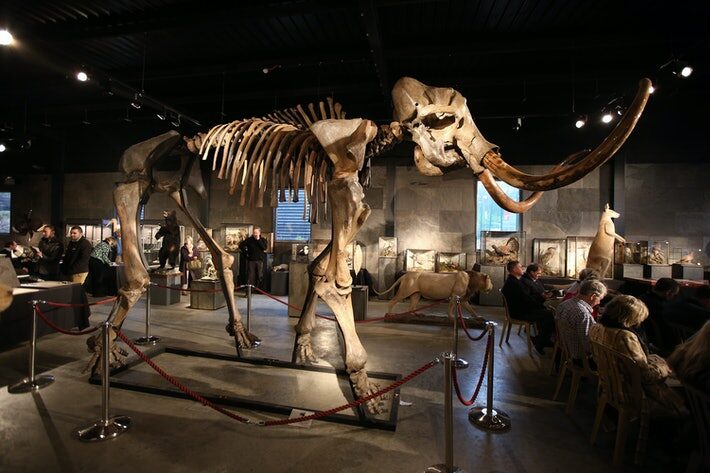
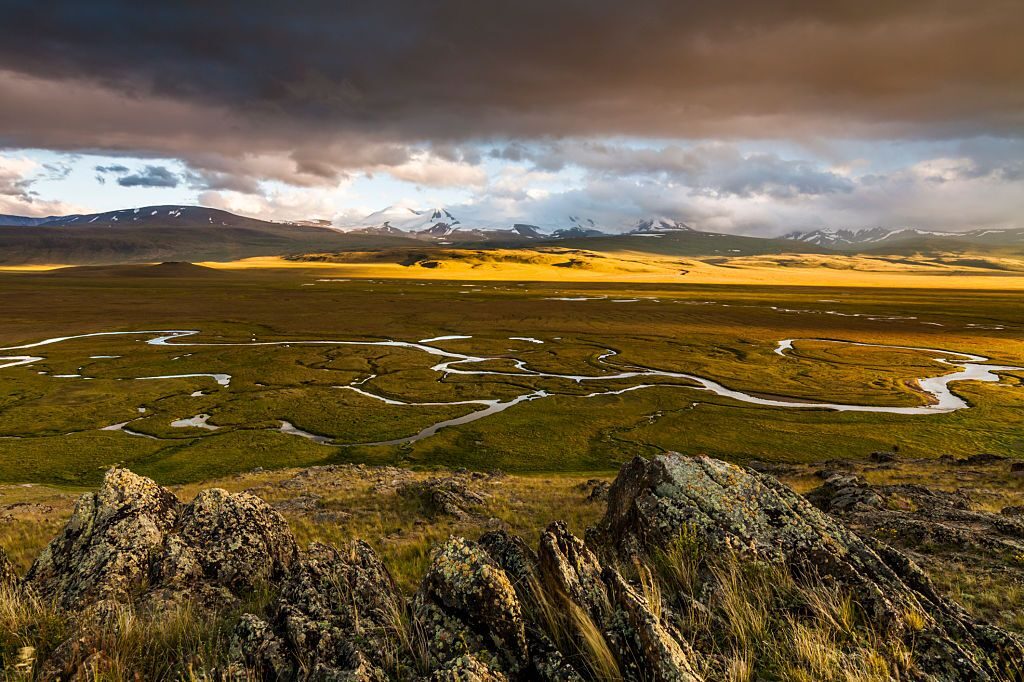
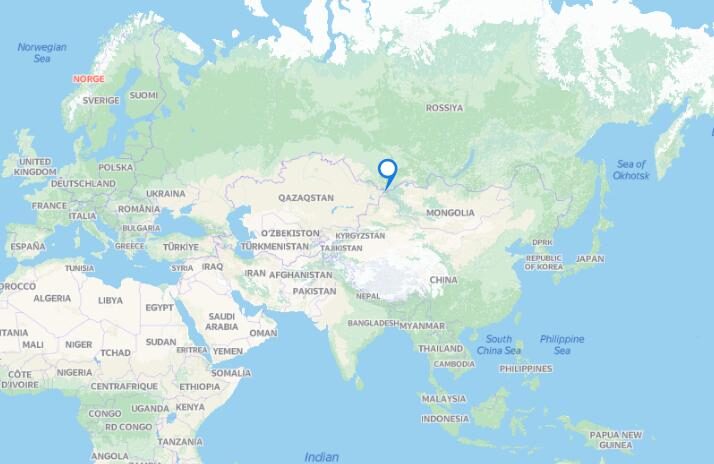



Comment: In Of Flash Frozen Mammoths and Cosmic Catastrophes , Pierre Lescaudron details just how ''woolly' mammoths were perhaps not so woolly after all; that they were likely were temperate creatures, not polar ones; and what these insights reveal about the great shifts our planet has undergone over the last 15,000 years: See also:
- The Seven Destructive Earth Passes of Comet Venus
- Last mammoths plagued by genetic defects
- 26,000 year old, most northerly settlement of Palaeolithic era found on Kotelny island in the Arctic, evidence of butchered mammoth bones found
- Evolution of extinct miniature elephants of Sicily revealed through first-ever DNA recovered
- Woolly mammoths lived alongside first humans in New England
- 45,000 year old lion statuette found in Denisova Cave may be world's oldest
- America Before by Graham Hancock - Book review
And check out SOTT radio's: